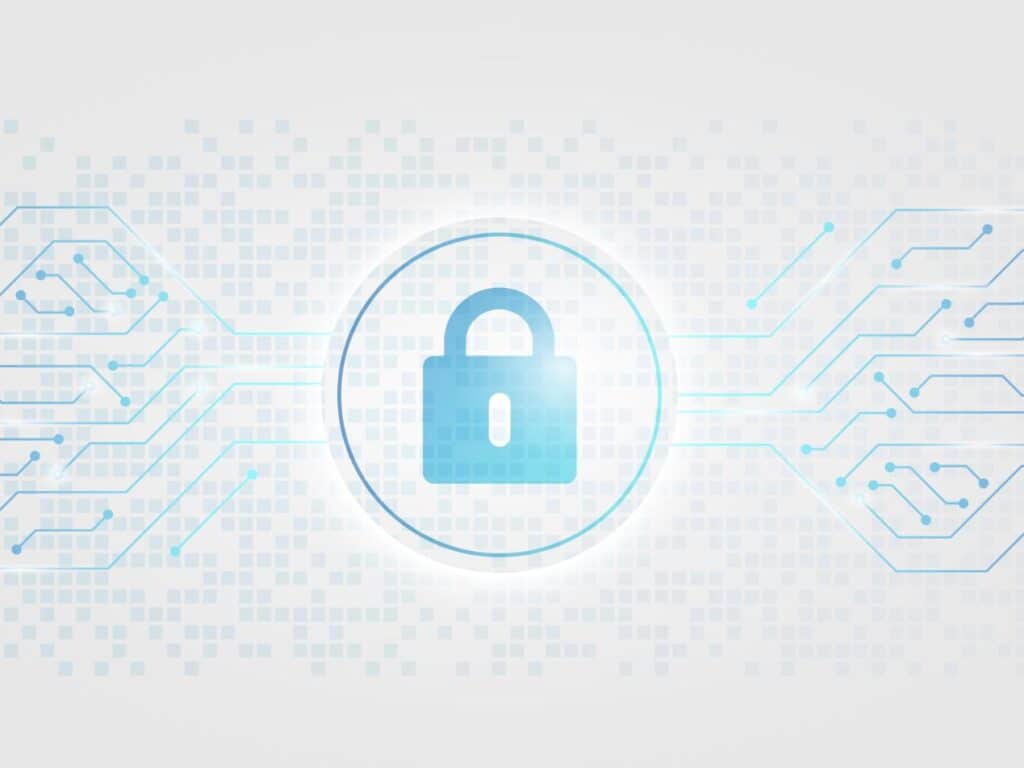
Under HIPAA regulations, therapists and other mental health professionals are required to put certain policies in place that keep patients’ protected health information (PHI) secure. By failing to do so, therapists can face legal action, fines, and reputational damage.
Keep reading to learn more about important cybersecurity policies for therapists to implement in their practice.
Use secure communication channels
Insecure communication can lead to unauthorized exposures of PHI. Therefore, it’s crucial for therapists to only communicate with patients through secure channels. This means using HIPAA compliant email, apps, and appointment scheduling software.
When working with any third-party vendor that manages PHI, be sure to obtain a business associate agreement (BAA). This document lays out the responsibilities of the service provider in protecting PHI.
Telehealth is another rapidly evolving channel that has significantly expanded access to therapy. However, all platforms aren’t created equal. Therapists must ensure they are using encrypted channels on a secure network. Solutions may also need to be further configured to achieve full HIPAA compliance.
For added security, always conduct telehealth sessions in a private space and ask patients to confirm they are in a secluded location as well. In addition, avoid displaying PHI on screens where another individual could potentially view it.
Prioritize passwords and permissions
Weak easy-to-guess passwords makes your practice more susceptible to cyberattacks. To strengthen protection, use long and complex combinations that include numbers, letters, and symbols.
Also, change passwords on a regular basis and switch them up for different websites. This way, one compromised platform won’t end up exposing the rest of your accounts. Be sure to create a robust password policy that outlines these specific requirements to your entire staff.
Furthermore, all employees in your practice should not be given the same level of access to patient records. Instead, set up user-specific permissions that limit access to those who need this data to fulfill their job duties.
Protect your therapy notes
According to HIPAA, psychotherapy notes are considered PHI. To protect patient privacy, therapists must take steps to keep these notes secure.
Store physical notes in an area that can only be accessed by authorized individuals, such as a locked filing cabinet. When it comes to safeguarding digital therapy notes, the smartest approach is to use secure therapy notes software or a password-protected EHR system that meets HIPAA requirements.
More protective protocols to follow include limiting personal details in therapy notes and thoroughly destroying notes once they are no longer needed. This can be accomplished by shredding paper notes or wiping data from electronic platforms.
Educate your staff
PHI is especially valuable to hackers, which is why employee awareness training is a must for all types of healthcare organizations. However, smaller therapy practices are not always thoroughly educated on the HIPAA guidelines for handling PHI. This puts patient privacy at risk.
To boost security across your practice, conduct ongoing training on HIPAA policies and keep employees informed of any new changes. In addition, ask your staff to sign a confidentiality agreement to illustrate their understanding of the importance of adhering to these guidelines.
Since hackers often take advantage of human weakness, employee awareness training should also incorporate information on how to recognize the signs of a malicious attack. Reiterate best practices, such as avoiding downloading or opening email attachments from unknown senders.
Conclusion
Under HIPAA, all mental health professionals have an important obligation to safeguard PHI.
By putting strong cybersecurity policies in place, therapists can ensure they are complying with HIPAA regulations and protecting patients’ sensitive information.
Subscribe to Paubox Weekly
Every Friday we'll bring you the most important news from Paubox. Our aim is to make you smarter, faster.






